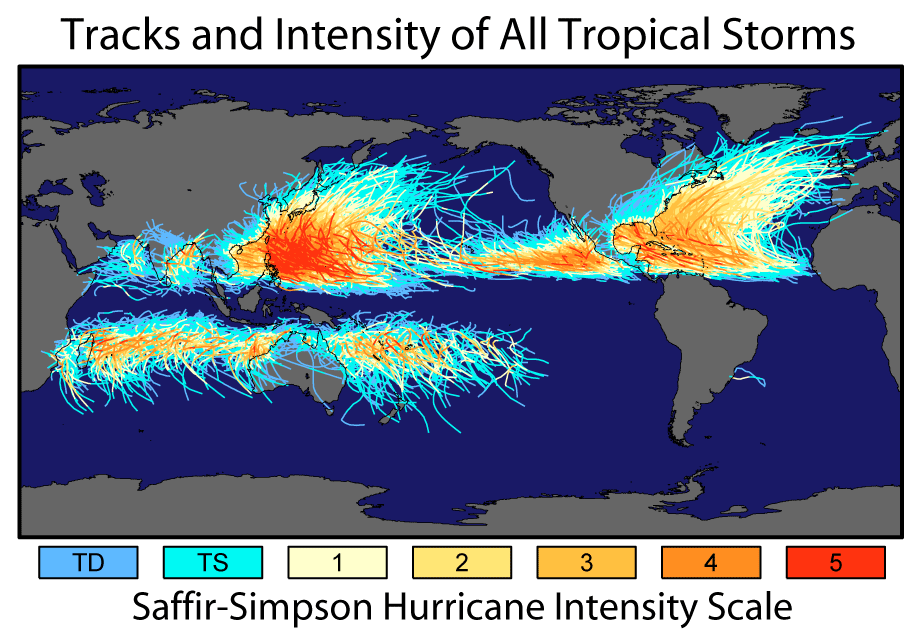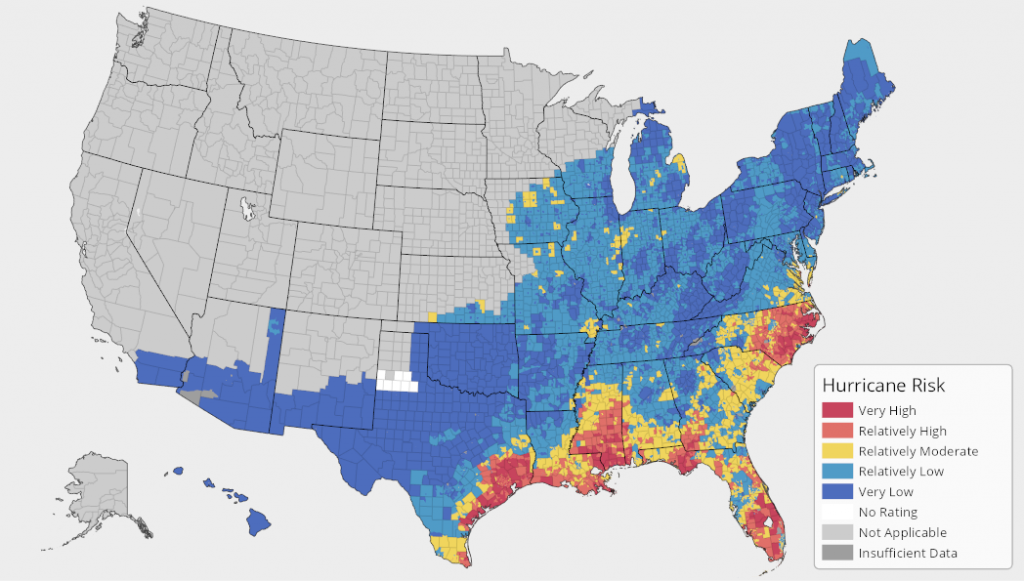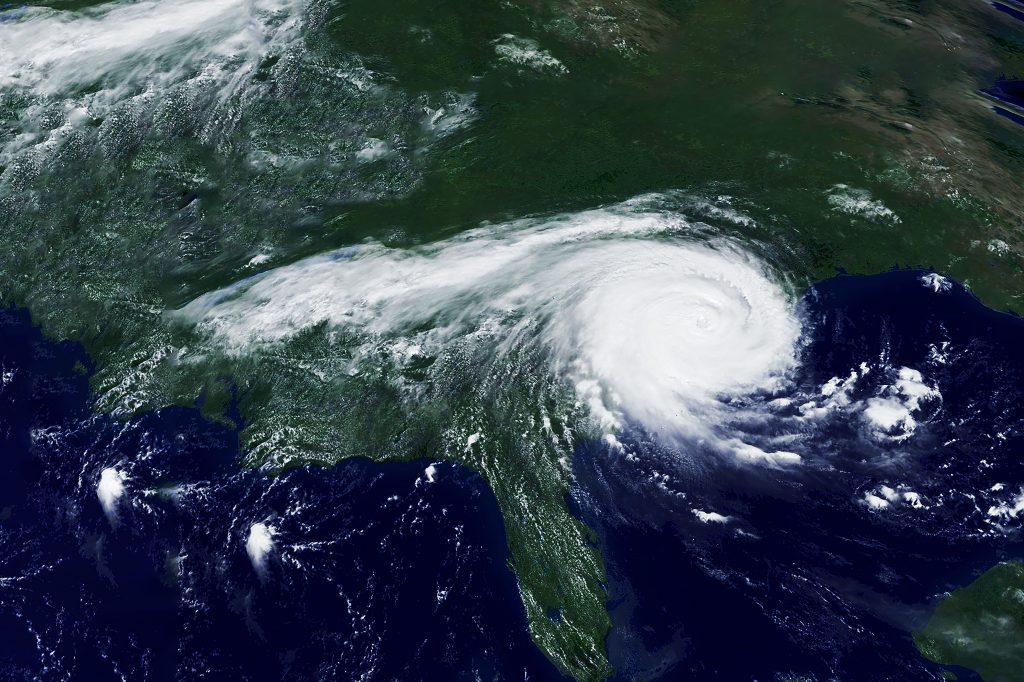When is Hurricane Season? Worldwide Guide
Hurricanes and large storms always fall on the same months of the calendar. Here’s a guide of when these storms typically hit the US and worldwide.

January through March
The South Pacific cyclone season (French Polynesia, Cook Islands, Australia, New Zealand) is at its peak during these months.
April through June
By the end of April, the South Pacific’s cyclone season ends.
In mid-May, the hurricane season in the Eastern Pacific begins. It will continue until the fall. Typhoons also begin forming in the Western Pacific.
Around June 1st, hurricanes in the Atlantic and Caribbean begin to form, but monster storms are rare. Storms don’t typically start getting severe until later in the summer.
Based on statistics, the worst cyclones strike the the Indian Ocean in June (India, Seychelles).
July through September
It’s still hurricane season in Atlantic and the Caribbean through this period–statistically, September 10 is the peak.
This period is also peak hurricane season in the Eastern Pacific around Hawaii; storms let up in mid-October.
It’s cyclone season in the Western Pacific (Philippines, Japan) as well as the Indian Ocean (India, Bangladesh although on average only about five storms develop a season in that region, fewer than in other areas).
October through November
By October, hurricanes go out of season in the Western Pacific.
In November, hurricane season ends in both the Atlantic (Caribbean, Bermuda) and the Eastern Pacific. In the same month, the tropical cyclone season begins in the South Pacific (French Polynesia, Cook Islands, Australia, New Zealand).
It gets rainy in Hawaii in November and December.
Monsoons generally only hit eastern Africa (including Mauritius) starting around December, although the typhoon season in that part of the world spans late November through April.
There is a 60% chance of below-normal tropical cyclone activity during the Central Pacific hurricane season this year, according to NOAA’s Central Pacific Hurricane Center and NOAA’s Climate Prediction Center, divisions of the National Weather Service. The outlook also indicates a 30% chance for near-normal activity, and only a 10% chance of an above-normal season.
For the season as a whole, 2 to 4 tropical cyclones are predicted for the Central Pacific hurricane region, which is located north of the equator between 140°W and the International Date Line. This number includes tropical depressions, named storms and hurricanes. A near-normal season has 4 or 5 tropical cyclones.
“This year we are predicting less activity in the Central Pacific region compared to normal seasons,” said Matthew Rosencrans, NOAA’s lead seasonal hurricane forecaster at the Climate Prediction Center. “The ongoing La Niña is likely to cause strong vertical wind shear making it more difficult for hurricanes to develop or move into the Central Pacific Ocean.”
This outlook is a general guide to the overall seasonal tropical cyclone activity in the Central Pacific basin, and does not predict whether, or how many, of these systems will affect Hawaii. The Central Pacific hurricane season begins June 1 and runs through November 30.

In the National Risk Index, a Hurricane Risk Index score and rating represent a community’s relative risk for Hurricanes when compared to the rest of the United States. A Hurricane Expected Annual Loss score and rating represent a community’s relative level of expected building and population loss each year due to Hurricanes when compared to the rest of the United States.
As of June 2021, a total of 302 Atlantic tropical cyclones have produced hurricane-force winds in every state along the Atlantic Ocean and Gulf of Mexico (as well as Pennsylvania), with Florida having had more hurricanes affecting it than any other state.
The earliest time in the year for a hurricane to strike the nation was June 9, which was set by Alma in 1966. The earliest major hurricane (category 3 or greater) to strike the nation occurred in 1957, when Hurricane Audrey made landfall at category 3 intensity on June 27. The latest in the year for a hurricane to strike the nation was on November 24 with Hurricane Iwa in Hawaii; for the Atlantic basin the latest was on November 22, which was set by Hurricane Kate in 1985. The latest in the year for a major hurricane to strike the nation was from Hurricane Zeta, which moved ashore on October 28.
The 1990s were the most active decade for the United States, with a total of 31 hurricanes affecting the nation. By contrast, the least active decade was the 1860s and 1970s, each with a total of only 15 hurricanes affecting the United States. A total of 33 seasons on record passed without an Atlantic hurricane affecting the country — the most recent of which was the 2015 season. Seven Atlantic hurricanes affected the country in the 1886 season, which was the year with the most United States hurricanes.

